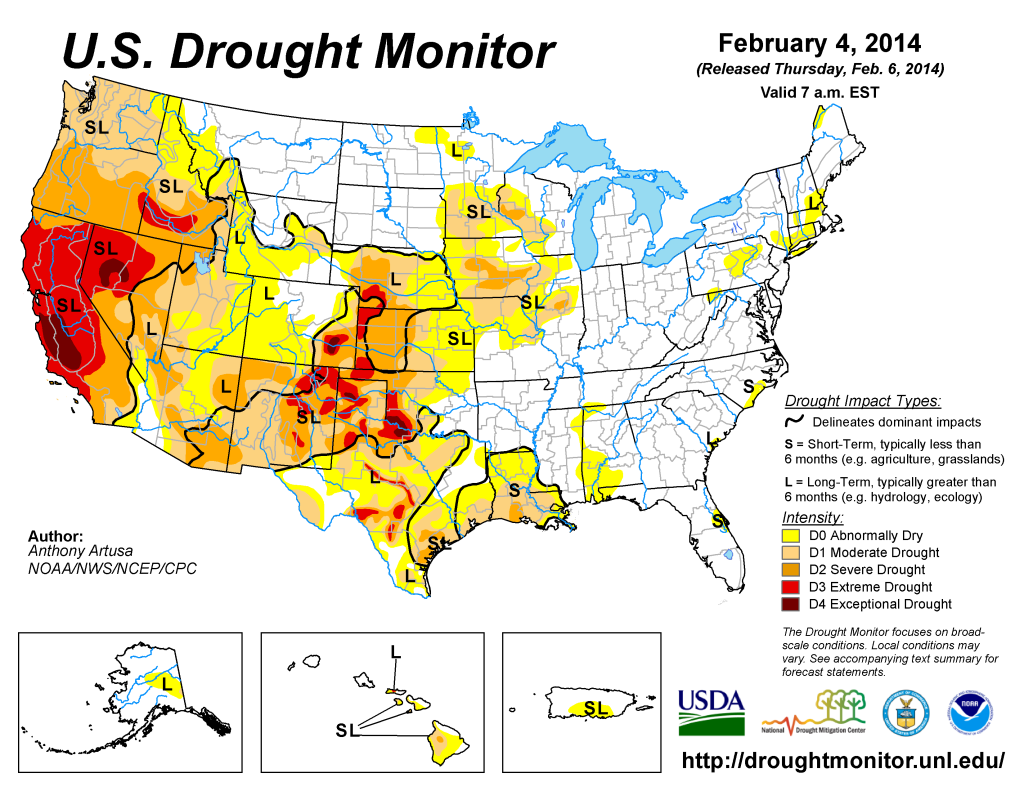Hurricane Season
Resources for Property Managers
We are amid yet another hurricane season. (Along the east coast and the Gulf of Mexico, Hurricane season runs June through November). As recent history has taught us, locations that rarely experienced damages in the past are now at notable risk. The resources below can help owners of mixed portfolios take precautions to reduce risks […]


